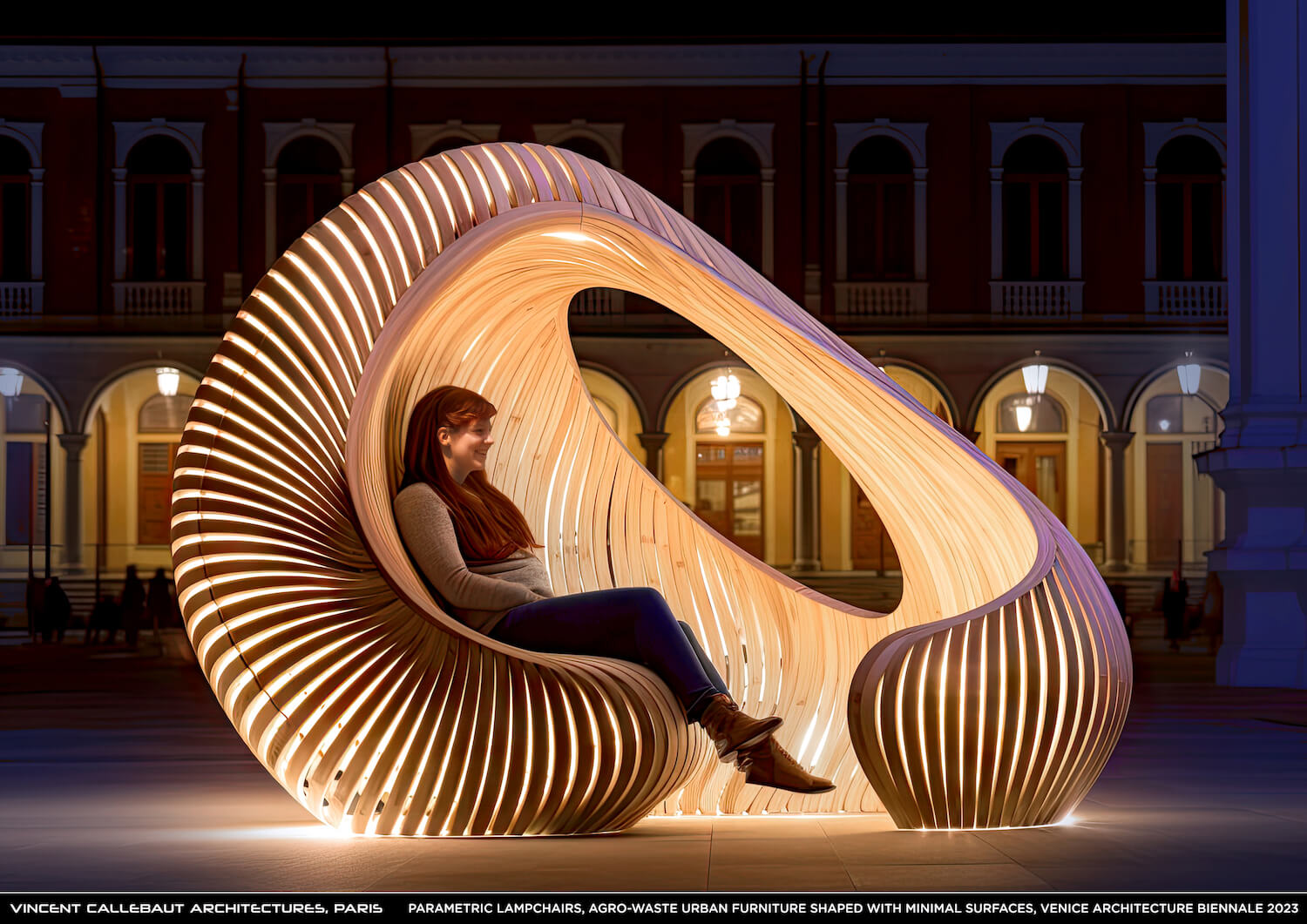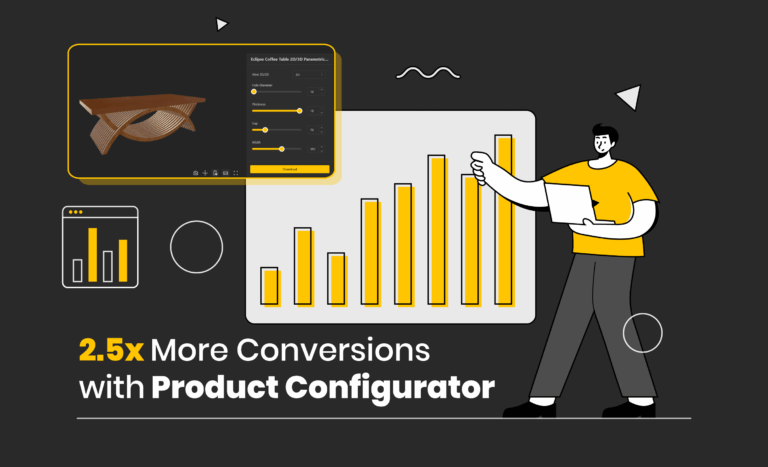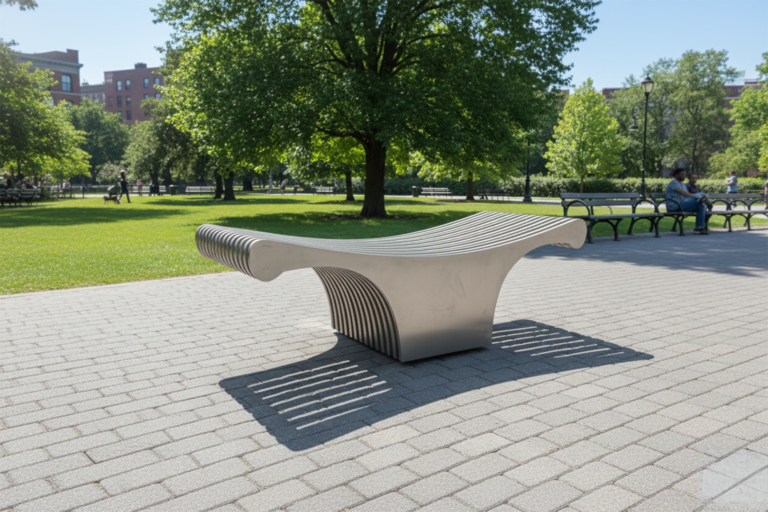Table of Contents
Urban spaces are the beating heart of modern cities, where design merges with functionality to enhance the daily lives of residents and visitors alike. As cities continue to grow and evolve, the need for innovative and adaptable urban furniture becomes increasingly critical. Traditional design methods often struggle to address the complex demands of contemporary urban environments. Parametric design, a powerful computational approach, is revolutionizing this field by offering dynamic, customizable, and aesthetically compelling solutions.
In this article, we will explore the impact of parametric design on urban furniture through 15 standout examples that illustrate its potential to transform public spaces. These examples showcase how parametric design principles can be applied to create functional, sustainable, and visually striking urban furniture.
Understanding Parametric Design
Definition and Basics
Parametric design is an algorithm-driven process that involves defining parameters or rules to shape and influence the final design output. Unlike traditional design methods, which often rely on manual adjustments, parametric design uses computational tools to explore a wide range of possibilities within a set of constraints. This approach allows designers to create complex geometries, optimize material use, and produce designs that are both functional and aesthetically appealing.
Importance in Urban Furniture

65 meter long public ‘sofa’ designed by White Arkitekter
Urban furniture—such as benches, lighting fixtures, and pavilions—plays a crucial role in shaping public spaces. Parametric design is particularly effective in this domain due to its adaptability and efficiency. It allows designers to create furniture that can be customized to fit specific spatial constraints, environmental conditions, and user needs. Additionally, parametric design supports sustainability by optimizing material usage and extending the lifecycle of urban furniture.
Technical Insight
Parametric design often involves the use of software such as Grasshopper and Rhino, which facilitate the creation of complex forms and structures. Generative algorithms and computational modeling are also key components, enabling designers to test and refine their designs iteratively. These tools help translate abstract design concepts into tangible, real-world solutions that enhance the functionality and aesthetics of urban environments.
The Practical Application of Parametric Design in Urban Furniture
Space Efficiency
In densely populated urban areas, maximizing space efficiency is crucial. Parametric design allows for the creation of furniture that fits seamlessly into tight or irregular spaces, ensuring optimal use of available space. Modular systems and adaptable designs can be tailored to specific site conditions, making them ideal for urban settings.
Customization
The flexibility of parametric design enables the creation of highly customized urban furniture. Designers can adjust forms, materials, and functions to suit the unique characteristics of a particular location or the needs of its users. This level of customization ensures that urban furniture enhances the local environment and provides a meaningful experience for its users.
Sustainability
Sustainability is a key concern in urban design, and parametric design contributes significantly to this goal. By optimizing material usage and reducing waste, parametric design supports environmentally friendly practices. Additionally, the ability to adapt and reconfigure designs as needs change extends the lifecycle of urban furniture, further promoting sustainability.
Aesthetics and Functionality
Parametric design excels in balancing aesthetics with functionality. The ability to create intricate and visually appealing forms while ensuring practical usability is a hallmark of successful urban furniture design. Parametric techniques allow designers to experiment with shapes and patterns that enhance the visual impact of public spaces without compromising on functionality.
15 Examples of Parametric Design in Urban Furniture
1. Trapeza Sustainable Benches by Apical Reform
These sustainable benches are a vision of modern architecture and luxury design. Made from eco-friendly materials, their parametric design ensures both durability and a unique aesthetic that integrates seamlessly into urban environments. Read more

2. The Longest Bench by Studio Weave
This bench, renowned for its extensive length, uses parametric design to create a continuous, flowing seating arrangement that adapts to the urban landscape. Its modular nature allows for flexible configurations and integration with various public spaces. Read more

3. Solar Tree by Ross Lovegrove
The Solar Tree is an innovative urban lighting solution that harnesses solar power. Its parametric design optimizes the placement of solar panels and integrates natural light into the urban environment, providing both functionality and visual appeal. Read more
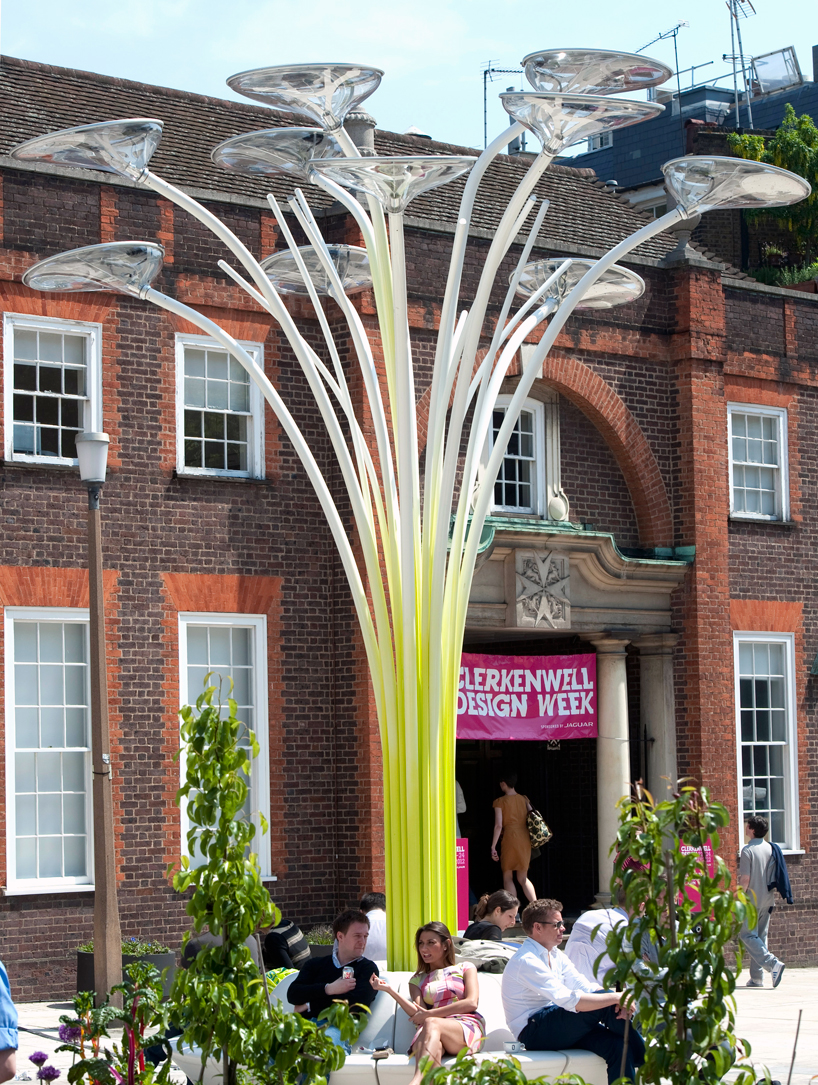
4. Biomimicry 3D Printed Soft Seat by Lilian van Daal
Inspired by natural forms, this 3D-printed seating solution uses parametric design to achieve an organic, biomimetic structure. The design combines comfort with aesthetic elegance, fitting seamlessly into modern urban settings. Read more
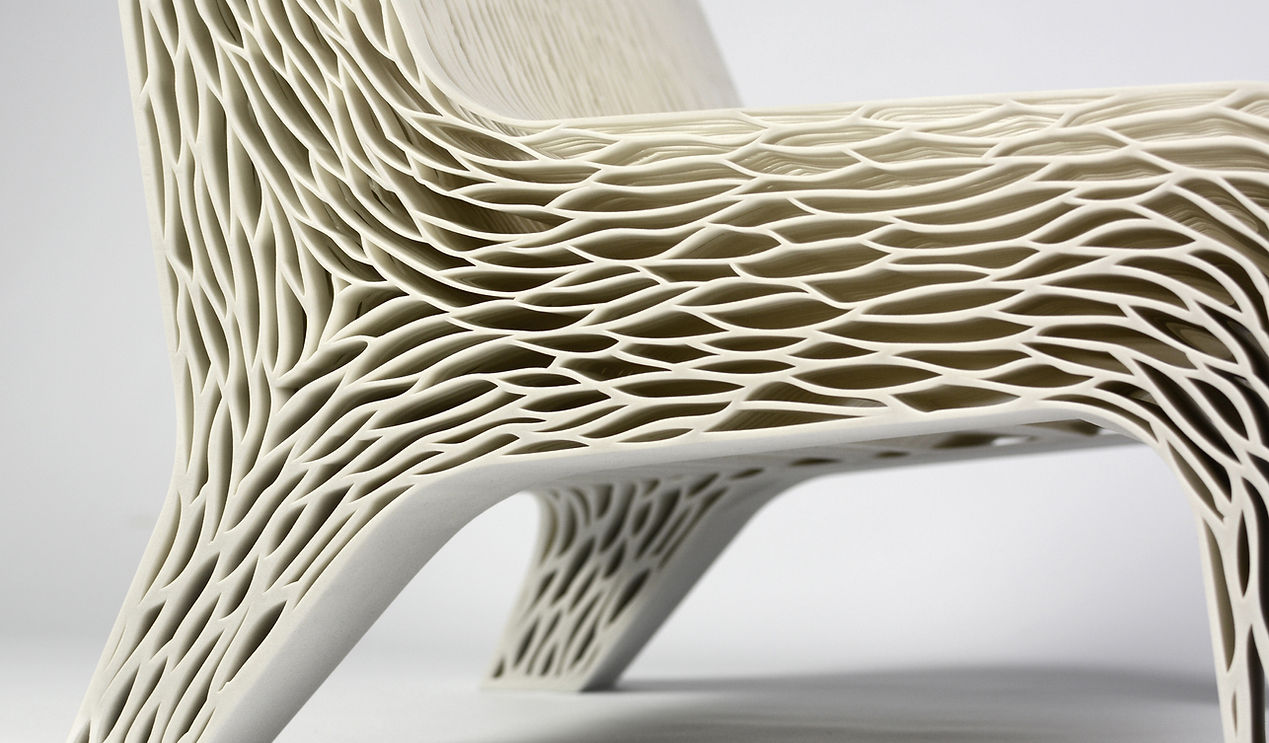
5. ENOC Future Station by AEDAS
The ENOC Future Station features a dynamic facade that integrates urban furniture. Parametric design was used to create an adaptable structure that responds to environmental conditions while enhancing the station’s futuristic appearance. Read more

6. Infinitus Chair by Jangir Maddadi Design Bureau
The Infinitus Chair is a modular seating system designed through parametric methods. Its flexible design allows for various configurations, making it suitable for different urban environments and user needs. Read more
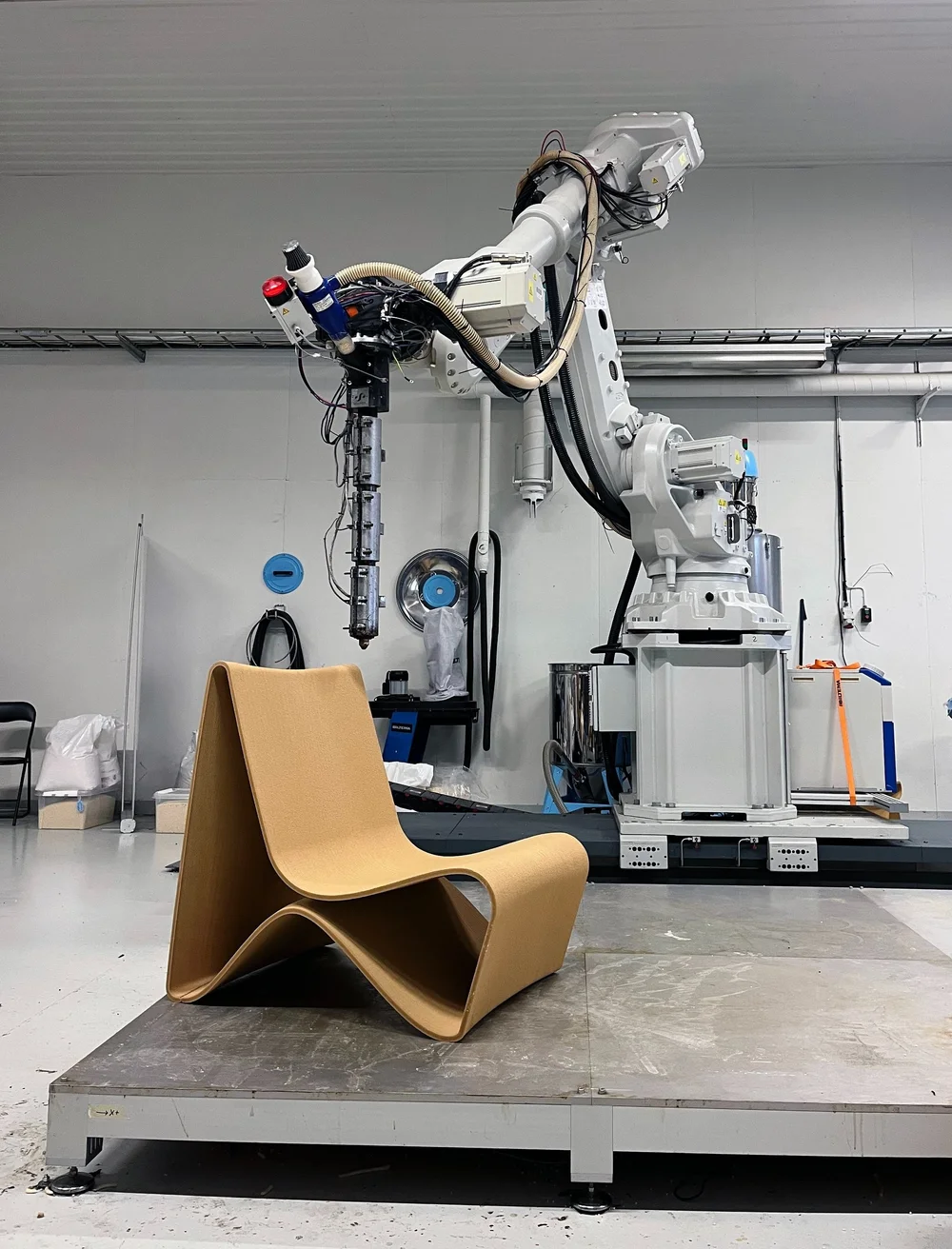
7. Swing Time Playground by Howeler + Yoon Architecture
This playground installation features glow-in-the-dark swings designed using parametric principles. The interactive design provides both playful and functional elements, enhancing the overall experience of the playground. Read more

8. Urban Reef by ecoLogicStudio
Urban Reef incorporates living moss into its design, providing natural cooling and integrating sustainability into urban furniture. Parametric design techniques were used to create a structure that supports ecological benefits while enhancing public spaces. Read more
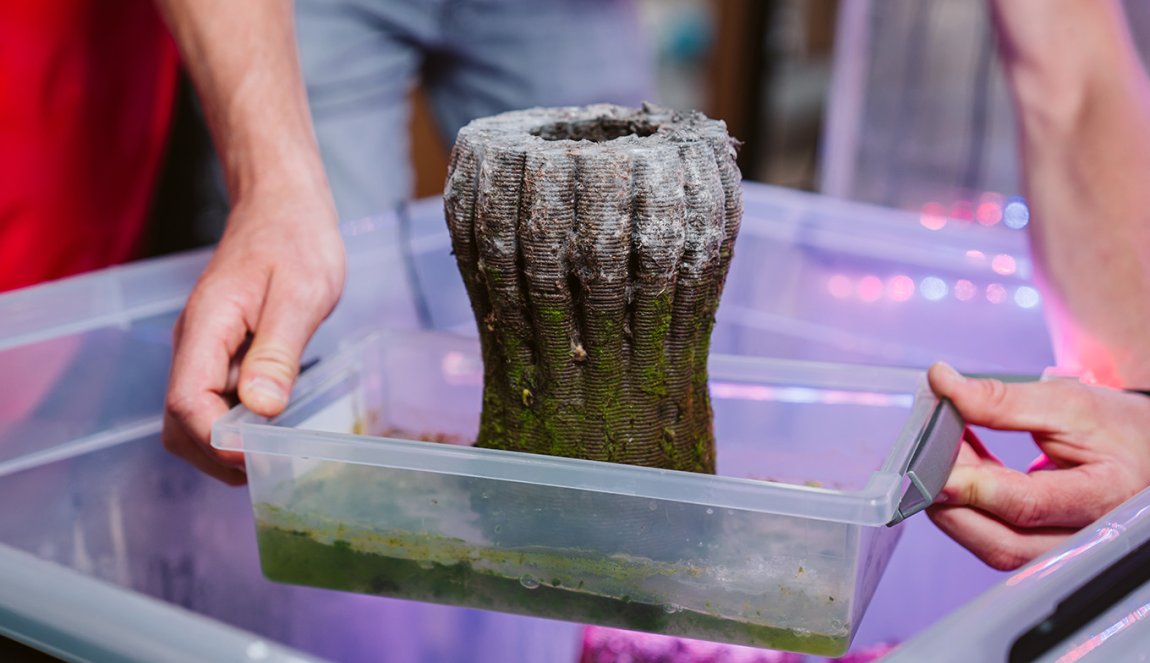
9. Tokyo Bench by Frank Gehry
Designed for Tokyo Design Week, the Tokyo Bench features Gehry’s signature style, with a parametric approach that creates dynamic forms and engaging user experiences. The bench’s design integrates artistic flair with practical seating solutions. Read more

10. Volu Dining Pavilion by Zaha Hadid Architects
The Volu Dining Pavilion showcases Zaha Hadid’s fluid design language, created through parametric modeling. The pavilion’s unique form offers both functional dining space and a visually striking structure for public events. Read more
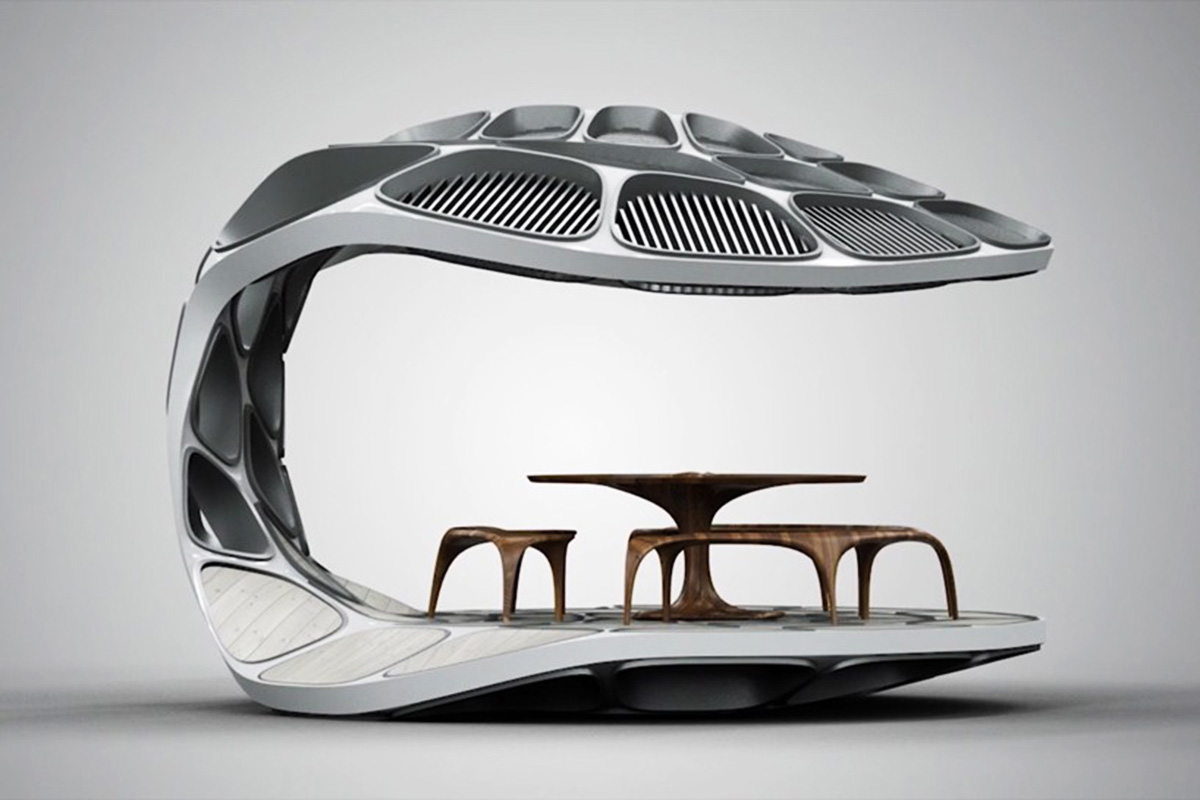
11. Drift Bench by Amanda Levete
The Drift Bench is characterized by its flowing form and modular design, which was achieved through parametric techniques. Its adaptable structure makes it a versatile piece of urban furniture that can fit various public spaces. Read more

12. Modular Tents by Zaha Hadid Architects
Designed for refugee shelters, these modular tents use parametric design to create flexible, scalable, and easily deployable structures. The design addresses both functional needs and aesthetic considerations in challenging environments. Read more

13. Loop Bench by Sparano + Mooney Architecture
The Loop Bench features a continuous, flowing design that integrates seamlessly into its surroundings. Parametric design was used to create a structure that is both visually engaging and functionally versatile. Read more

14. Please Be Seated by Paul Cocksedge Studio
This installation uses parametric design to create a visually striking and interactive seating experience. The design’s dynamic form encourages social interaction and enhances the urban environment. Read more
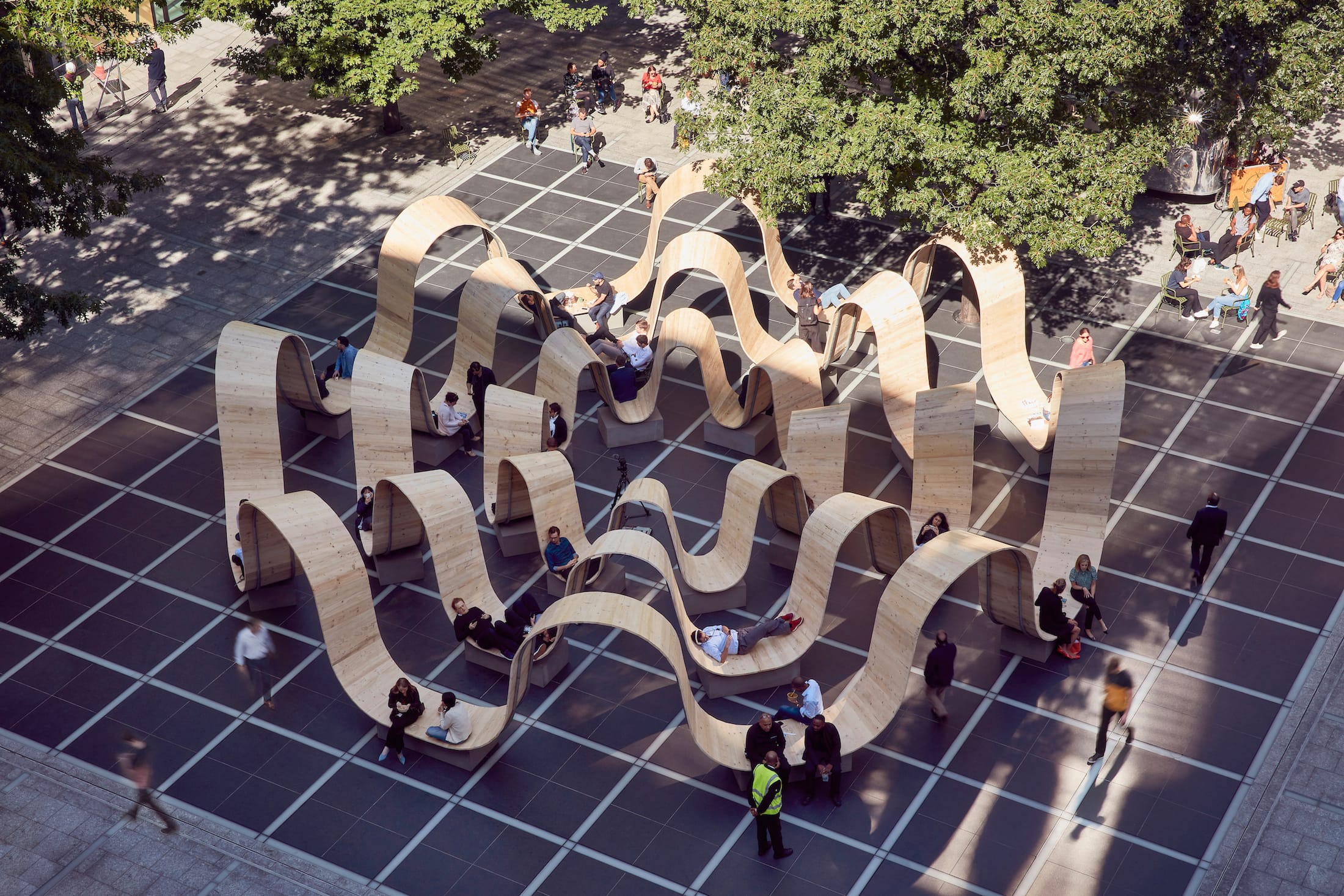
15. Root Bench by Yong Ju Lee Architecture
The Root Bench uses parametric techniques to create an organic, root-like structure that blends with its natural surroundings. The design emphasizes sustainability and integrates with the urban landscape. Read more

Parametric design is redefining the landscape of urban furniture by offering innovative solutions that combine functionality, aesthetics, and sustainability. The 15 examples highlighted in this article demonstrate the versatility and impact of parametric design in creating dynamic and adaptable public spaces. As cities continue to evolve, the role of parametric design will become increasingly significant in shaping the future of urban environments.
Urban planners, designers, and architects are encouraged to explore the possibilities of parametric design in their projects. By embracing this approach, they can contribute to creating more engaging, efficient, and sustainable public spaces that enhance the quality of urban life.
Call to Action
For urban planners, designers, and architects, Beegraphy offers a cloud based platform to create Parametric Designs and push the boundaries of traditional approaches and create more engaging, efficient, and sustainable urban furniture. As we look toward the future of urban environments, integrating parametric principles can lead to groundbreaking solutions that enhance public spaces and improve the quality of urban life.
To showcase and celebrate innovation in this field, we invite you to participate in the Beegraphy Design Awards. This prestigious competition seeks to highlight and reward exceptional designs that push the envelope of contemporary urban furniture.
Introducing the Beegraphy Design Awards: Category 3 – Urban Furniture
This category is dedicated to exploring the role of urban furniture in sWhaping modern public spaces. We are looking for designs that leverage parametric principles to create dynamic, functional, and aesthetically compelling pieces. Whether it’s a bench, a lighting fixture, or a modular seating system, your design should reflect the innovative spirit of parametric design and contribute positively to urban environments.
Key Details:
- Submission Deadline: 23rd September 2024
- Eligibility: Open to architects, designers, and creative professionals globally
Participating in the Beegraphy Design Awards is an excellent opportunity to showcase your work to a global audience, gain recognition from industry leaders, and contribute to the advancement of urban design. For more information and to submit your entry, visit Beegraphy Design Awards – Category 3.


